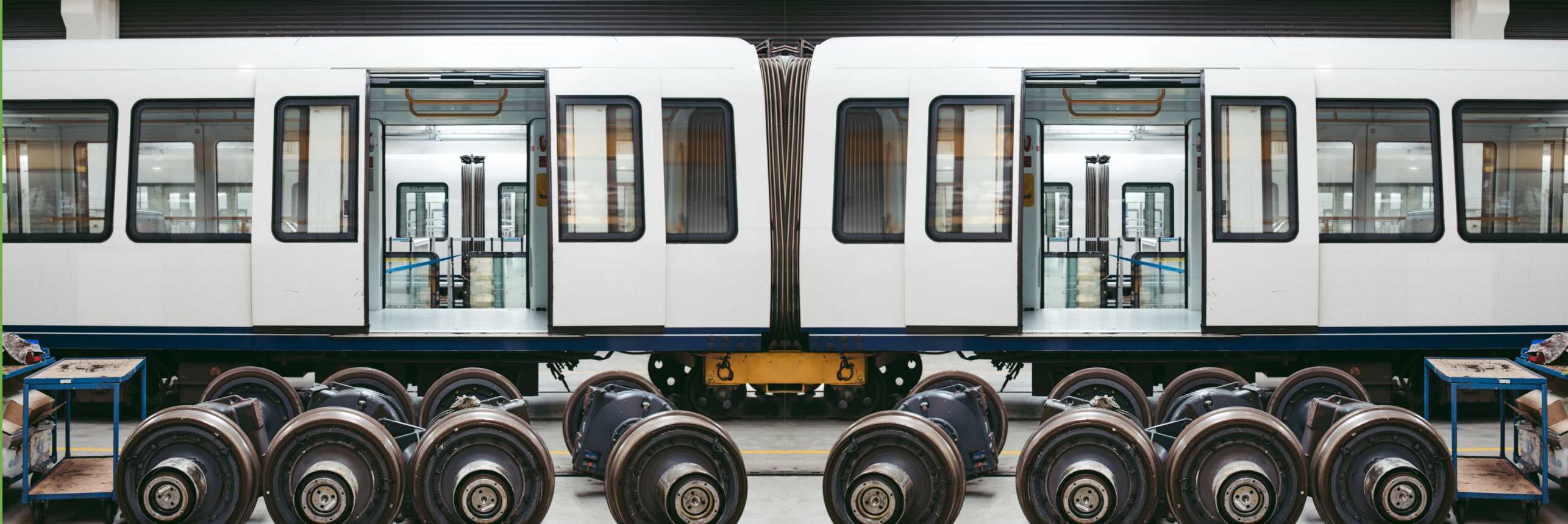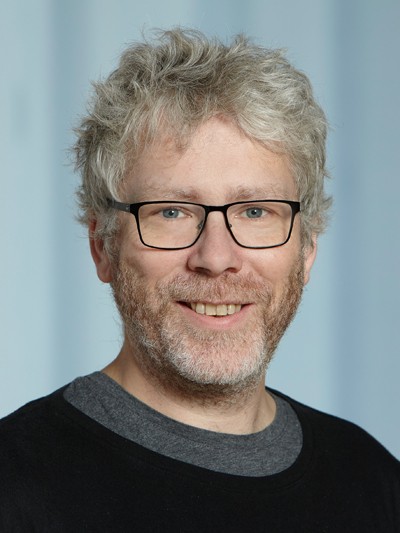Optimization of maintenance processes with extended reality
Mobility Initiative Project

Efficient maintenance of rolling stock conducted in a timely and reliable manner is necessary for effective rail infrastructure and asset management. This is critical to ensure the safety and punctuality of railway operations including passenger traffic. Yet growing challenges need to be addressed to further ensure efficient maintenance: accurately monitor the performance of the assets in the face of increasing technical complexity; optimize and rationalize costly maintenance operations by anticipating the lifetime of assets, systematic failures or possible breakdowns; and, assist frontline maintenance workers who must carry out the required maintenance operations safely and efficiently under pressure, often with limited training and knowledge of specific types of assets or their operating histories. Digital twins (DTs) are powerful tools that can virtually model physical railway assets based on large amounts of data to accurately reflect in real-time and predict the behavior of these assets. DTs combined with Extended Reality (XR) will help frontline workers and technical experts to understand and visualize:
- specific individual assets’ complex electromechanical subsystems’ workings, specifications, and sensed status to troubleshoot current malfunctions, and
- specific individual assets’ future performance, in order to intervene with timely maintenance to avoid future malfunctions, thus avoiding both reactive maintenance and unnecessary scheduled maintenance.
Finally, positive and substantial by-products will be on-the-job immersive training, as well as knowledge management and transfer to overcome strong fluctuations in human resources.
With this vision in mind, OptXR will develop knowledge, processes and tools to improve security and punctuality of maintenance processes with digital twins (DTs) and extended reality (XR). To achieve this overall goal, several objectives must be met:
- Design a software and hardware operating system architecture to seamlessly integrate DTs, XR, and diagnostics for real-time worker support operations
- Building on SBB’s related experience with external door and coupler closed systems, rapidly prototype and test DTs for these highly relevant and complex asset classes, using a scalable diagnostics system architecture including a context aware intuitive, simple and effective XR user interface
- Conduct controlled experiments with partners at SBB in their facilities to validate improved performance of maintenance activities with OptXR support
- Recommend steps for implementation and large-scale deployment OptXR will move SBB an important step toward achieving the practical benefits from digitalization by means of DTs and XR, in terms of optimization and rationalization of maintenance operations without compromising the security and punctuality of the railway traffic.
Deputy head of Dep. of Civil, Env. and Geomatic Eng.
Inst. Bau-&Infrastrukturmanagement
Stefano-Franscini-Platz 5
8093
Zürich
Switzerland

Deputy head of Institute for Visual Computing
Institut für Visual Computing
Universitätstrasse 6
8092
Zürich
Switzerland

Partner
SBB AG
Roadmap
12.2022 - 05.2025 (30 months)